Christopher Whitehead
Interpreting Art in Museums and Galleries
Interpreting Art in Museums and Galleries
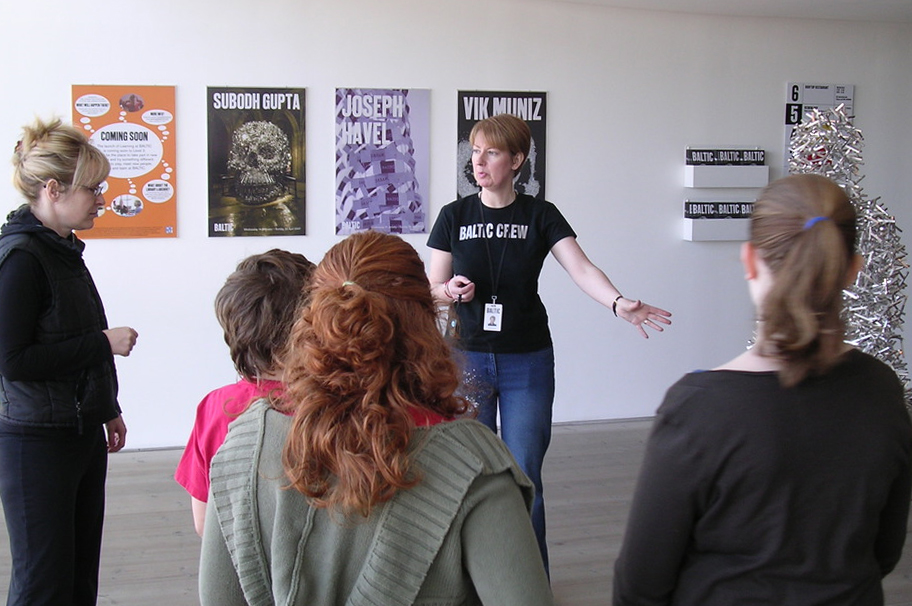
Overview
How do we identify, engage with and know about art? Does it even matter?
In Interpreting Art in Museums and Galleries (2012) Christopher Whitehead argues that we should take art interpretation seriously: not simply as a way of ‘explaining’ art, but as a practice with significant political and social consequences.
Thinking through major theoretical frameworks, and using examples drawn from four cutting-edge European and North American case studies, Whitehead demonstrates how art interpretation constructs and ‘frames’ art in particular ways. Critically exploring several such ‘frames’, and assessing their impact upon visitors’ experiences and understanding of art, Whitehead argues for ‘elective responsibility’, urging professionals involved in art interpretation to take account of their practices so that as many visitors as possible are included.
Exploring the theory and practice of art interpretation in accessible language, Interpreting Art in Museums and Galleries is a deeply practical book, full of useful applications for art curators and those studying the subject.
Context
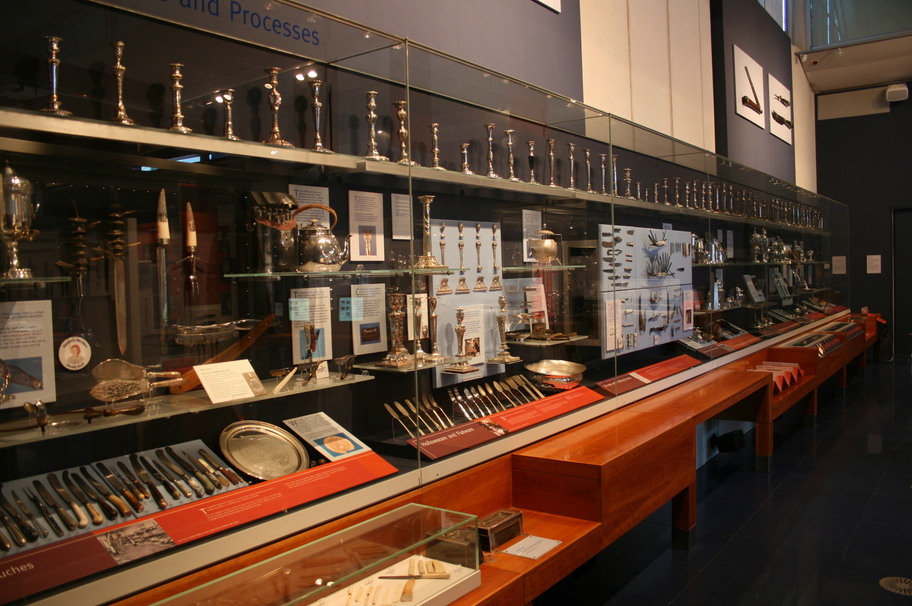
In Interpreting Art in Museums and Galleries, Whitehead takes a holistic view of art interpretation, so that:
Interpretation is not just the art on the wall, but everything which precedes, surrounds and follows its production and consumption; it can be every intellectual and political act governing the ingress of an object into an art museum, into the category of art and into regimes of values and significance; it can extend into the experience of the viewer, not just for the time it takes to read the label, but as a long event for the rest of her life, even if the memory of it appears to fade or lie dormant. (2012: xi-xii)
Situating his approach within theoretical, philosophical and ethical debates, and writing from a social constructionist perspective, Whitehead argues that art interpretation does more than simply explain artworks: it constructs objects as works of art.
Advancing major theoretical frameworks concerning ‘mapping’, boundary work and interpretative frames, Whitehead demonstrates how art interpretation produces ‘works of art’, and ways of thinking about, valuing and experiencing them. However, he points out that there are many ways to interpret things as, and through, art – all of which may be rendered incomprehensible to visitors if not carried out carefully and generously.
Drawing on extensive display analysis and interview data from four case studies (the Museum of Fine Arts, Boston, the Art Gallery of Ontario, Toronto, the Northern Gallery of Contemporary Art, Sunderland, and BALTIC Centre for Contemporary Art, Gateshead), all of which were engaged in pioneering interpretation projects, Whitehead unravels and critically analyses the major strategies, policy and politics that work to produce art interpretation today.
Outcomes
While not a manual of practice, in Interpreting Art in Museums and Galleries Whitehead challenges those involved in art interpretation to re-consider the ethical and political dimensions of their work.
He does so by identifying a number of ‘interpretive frames’, each of which tells a singular, and partial, story. For example, discussing the ‘evolutionary frame’ adopted in interpretation for the ‘Caravaggio and the Caravaggists’ room in the Pinacoteca di Brera, Milan, Whitehead shows how information regarding Caravaggio’s influence is privileged, resulting in a kind of family tree of artists and artworks. He further draws attention to the information such an account omits i.e. details regarding Caravaggio’s life (the ‘biographical frame’) or the social histories into which his artworks are embedded (the ‘socio-economic frame’). In this way, Whitehead argues that art interpretation does not simply reflect external realities, but rather constructs certain perspectives, attitudes and histories.
Moreover, Whitehead argues that this ‘evolutionary framing’, as associated with connoisseurship, requires visitors to skillfully distinguish between certain ‘periods’ or ‘styles’. Yet these are not skills possessed by everyone. Contending much art world practice, Whitehead argues that if the classifications, histories and boundaries that divide art are political acts, rather than natural features, then there needs to be increased social responsibility amongst museum professionals. In other words, culturally prized objects require interpretation that includes as wide an audience as possible.
Critically considering how, when, and to what affect a range of ‘frames’ are advanced in historical and contemporary art museums and galleries, and situating his arguments in relation to key critiques concerning social and cultural elitism and accessibility, Whitehead’s book represents a significant theoretical contribution to the study of art interpretation, and to studies of art history, museum studies and sociology more broadly.
Further Information

Whitehead, C. (2012) Interpreting Art in Museums and Galleries. Abingdon, UK: Routledge
Christopher Whitehead gratefully acknowledges the grant provided by Newcastle University’s Humanities and Social Sciences Faculty Research Fund, which allowed him to conduct fieldwork in Boston, Toronto, Sheffield and London.
The MeLa* Project: Placing Migration in Museums
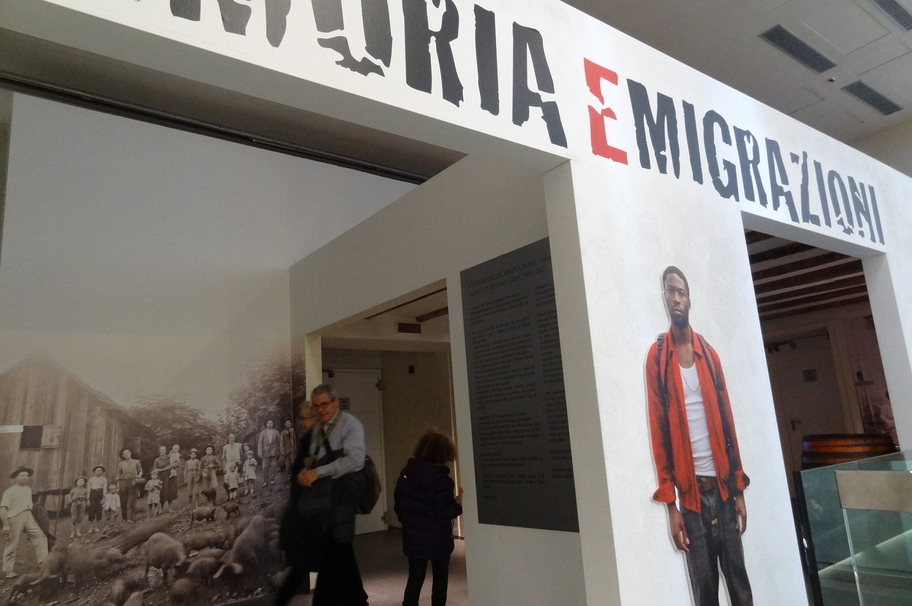
Overview
In March 2011, MeLa*, or European Museums in an Age of Migrations, was launched. A four-year interdisciplinary research project funded by the European Commission, costing around 2.7 million euros, MeLa* aimed to define innovative museum practices that reflected the challenges of globalization, mobility and migration.
Working on Field 01 of this project, a team from Newcastle University led by Christopher Whitehead, carried out fieldwork in a range of European museums, asking: how do museums present societies as bound to, or as enabled by, place and places? Do museum displays highlight shared ‘roots’, or do they emphasize peoples and cultures as taking routes from, to and through places? Is it possible to do both? What do cultural sector professionals and visitors think of displays, and should museum practice change?
Against a backdrop of changing geo-political and social orders brought about by migration, EU legislation and contemporary notions of citizenship, the project explores issues that continue to be of critical international importance, including the complex histories and experiences of migration, ethnic diversification and the consequences of shifting demographics, territories and knowledge on peoples understandings of ‘place’, ‘culture’ and ‘identity’.
Context
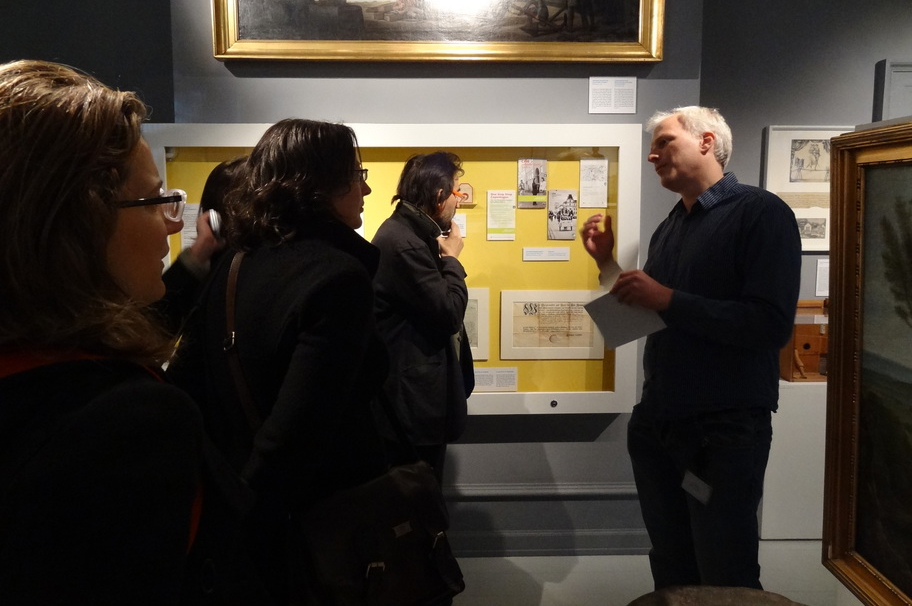
Working on one of six research fields within the MeLa* project, Whitehead and his colleagues focus on ‘Museums and Identity in History and Contemporaneity’. The main objectives in this field were:
- To investigate aspects of the relationships between museums, places and identities in Europe from the development of nation states (notably in the eighteenth and nineteenth centuries) to the present day.
- To study the relationship between museums and the multidimensional, potentially shifting ‘territory’ in which they are situated and purport to represent – a territory which is geographical, political and epistemological.
- To examine how museum actions (including collecting and display) have articulated and continue to articulate the relationships between places, peoples and cultures within geopolitical conceptual frames (e.g. ‘the nation’, the ‘region’, ‘Europe’).
- To study changing practices of representation, interpellation and audience participation in the context of population dynamics (e.g. migrations, mobility) and flows and diversified conceptions of place (as both routes and roots)
- To study producers’ intentions with regard to such representations
- To study visitors’ understandings of such museum representations and to evaluate their congruence or incongruence with visitors’ individual sense of identity.
The project employed a combination of historical institutional research, site visits (e.g. display analysis, interpretation content analysis) and semi-structured interviews with museum staff (e.g. directors and curators) and visitors. It was further broken down into three clusters:
Cluster 1: Placing the Nation
Concentrating on museums in locations that had recently seen political transformation at the state level, or that had strongly articulated political ideas of the nation, this cluster focused on the concept of national identity and combined geographic, historical and cultural ideas of place and identity.
It included: the National Museum of Scotland (Edinburgh), the National History Museum (Budapest), the Museum of the History of Catalonia (Barcelona), the Museum of Anatolian Civilizations; Ethnography Museum of Ankara (Ankara), the Istanbul Military Museum (Istanbul), the Deutsches Historisches Museum (Berlin) and the National Museum of Denmark (Copenhagen).
Cluster 2: Peoples, Borders, Movement
Concentrating on museums in locations, or about peoples, that had been subject to significant change and movement (e.g. population shifts, political border change and mobilities), this cluster included recent representations of major historical 20th century impulses for such change as well as more fluid, contemporary mobilities.
It included: the Silesian Museum (Goerlitz), the Deutsches Historisches Museum (Berlin), the Jewish Museum (Berlin), the Bezirksmuseum Kreuzberg-Friedrichshain (Berlin), the Museum of European Cultures (Berlin), the Museum of World Cultures (Berlin), the Museum of Copenhagen (Copenhagen), the National Museum of Hungary and the Military History Museum (Dresden).
Cluster 3: European Cities and ‘Other’ Places
Focusing on museums in major European cities that have a historical connection (and contemporary legacy) of colonialism, or state-sponsored programmes of immigration, particularly from outside the Judeo-Christian world, this cluster considered populations and articulations of ‘otherness’.
It included: the Amsterdam Museum (Amsterdam), the Museum of London (London), the Bezirksmuseum Friedrichshain-Kreuzberg (Berlin), the Museum Neukoelln (Berlin), the Emigration Museum (Genoa), the Royal Museum for Central Africa (Brussels (Tervuren)), the Cite national de l’histoire de l’immigration (Paris), the Immigration Museum (Barcelona) and the Vienna City Museum.
Outcomes
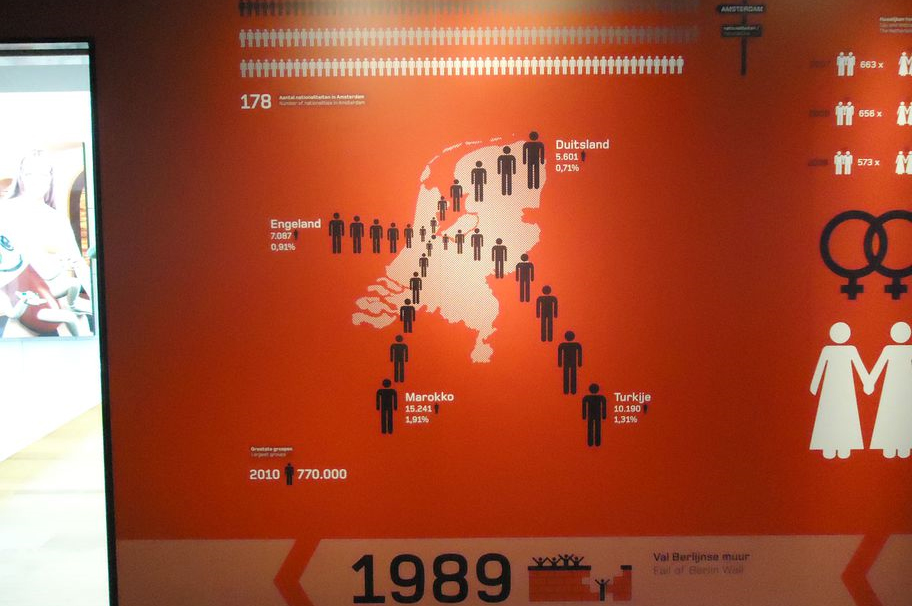
Contesting the idea that migration and population flows are ‘new’, Whitehead and his colleagues instead point to changed imperatives that aim to recognise, understand and accommodate mobility, and to recognise and celebrate regional and local distinctiveness as issues of global and contemporary importance. In addition, they demonstrate that museums do not simply ‘reflect’ contemporary or historical ways of being and thinking, but instead construct places and their inhabitants through representational practices.
As a result, the team identify museums as crucial platforms from which to explore, and challenge, representations pertaining to place, identity and migration in contemporary Europe. Developing historical and theoretical exploration that formed a foundational structure for MeLa* as a whole, the research project used key themes (e.g. belonging, exclusion and assertions of irreconcilable difference) and forms of institutional practice (e.g. engaging with social tension vs representations of ideal cosmopolitanisms) to unpick museum practice and its consequences. For example, pointing out that peoples’ sense of place and scale does not necessarily correlate with geopolitical boundaries, the team point to the museum as a site of possibility, capable of ‘mythbusting’, of connecting representation and debate, and as a way of representing the particularities of places (neighbourhoods, cities, countries etc.) where identities and actions are rendered possible or impossible through historical, cultural, political and geographical circumstances.
Resulting in an open-access publication, Placing Migration in European Museums. Theoretical, Contextual and Methodological Foundations (the first in a proposed series authored by Chris Whitehead, Rhiannon Mason and Susannah Eckersley) an international conference and a number of papers given at conferences throughout Europe, the project has not only developed important policy-relevant arguments concerning the cultural significance of place within museum representations, but has also raised questions concerning the nature and function of European identities and notions of citizenship.
Further Information
The team from Newcastle University are, Prof Chris Whitehead, Dr Rhiannon Mason, Dr Katie Cooper, Dr Bruce Davenport, Dr Susannah Eckersley and Kat Lloyd, alongside colleagues from DPA-Politecnico di Milano, L’Orientale University of Naples, the Muséum National d’Histoire Naturelle in Paris, Museu d’Art Contemporani de Barcelona (MACBA), Glasgow University, the Royal College of Art and the Copenhagen Institute of Interaction Design.
Placing Migration in European Museums. Theoretical, Contextual and Methodological Foundations is available as open-access publication at: http://www.mela-project.eu/publications/948
To find out more about this Research Field visit: http://wp1.mela-project.eu/
To find out more about the international conference held at Newcastle University, ‘Placing’ Europe in the Museum: People(s), Places, Identities visit: http://www.mela-blog.net/archives/1905
To find out more about the papers given by team members, plus other news and updates, visit the Research Field 01 blog at: http://www.mela-blog.net/archives/category/field01
